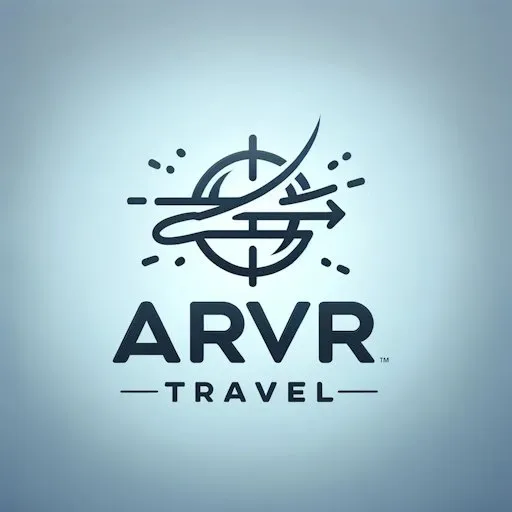The Integration of Virtual Reality into Theme Parks
Virtual reality (VR) is transforming theme parks, offering guests immersive experiences that merge physical rides with cutting-edge technology. VR enhances traditional attractions, introduces new standalone experiences, and provides unparalleled engagement.
Enhancing Existing Attractions
Many parks integrate VR into existing rides to add new dimensions of excitement:
- VR Roller Coasters: Riders wear VR headsets that overlay digital landscapes onto traditional coaster experiences, synchronizing visuals with movement for heightened thrills. For example, Galactica at Alton Towers in the UK is the world’s first VR roller coaster, simulating space travel.
- Drop Towers and Water Slides: Parks add VR to these rides to create thrilling, immersive stories. At Yas Waterworld, VR water slides transport riders to different aquatic worlds.
Standalone VR Attractions
Beyond enhancing existing rides, some parks feature fully immersive VR experiences:
- Immersive Storytelling: Attractions like Kung Fu Panda: Unstoppable Awesomeness at Universal Studios use VR to engage visitors in interactive adventures.
- Hyper-Reality Experiences: Companies like The VOID offer hyper-reality attractions where guests interact with physical environments enhanced by VR, creating lifelike, multi-sensory experiences.
Benefits of VR in Theme Parks
VR technology provides multiple advantages:
- Enhanced Immersion – Guests experience fully interactive environments beyond physical ride limitations.
- Cost-Effective Updates – Parks can refresh existing rides with new VR content instead of building new attractions.
- Personalized Experiences – Visitors choose their own VR narratives, offering customized adventures.
Notable VR Theme Park Experiences
Some of the best VR-integrated theme park experiences worldwide include:
- The Great LEGO® Race at LEGOLAND (LEGOLAND): A VR roller coaster where riders race through a LEGO universe.
- The New Revolution Galactic Attack at Six Flags (Six Flags): A mixed-reality coaster combining real-world thrills with virtual battles.
- Ghostbusters: Dimension at The VOID (The VOID): A hyper-reality experience where guests team up to capture ghosts in New York City.
The Future of VR in Theme Parks
As VR technology evolves, its presence in theme parks is expected to grow:
- Augmented Reality (AR) Integration: Combining VR with AR could create interactive experiences that blend digital elements into the physical world.
- Metaverse Theme Parks: Companies like Universal Studios are exploring metaverse-based theme park experiences, allowing guests to visit attractions virtually (Forbes).
- Improved Accessibility: VR makes theme parks more inclusive, offering alternative ways to experience attractions for guests with disabilities.
Conclusion
Virtual reality is reshaping theme park experiences by offering immersive, customizable, and cutting-edge attractions. As technology continues to advance, theme parks worldwide will embrace VR to provide even more thrilling and interactive experiences.
For more insights on VR in travel and entertainment, visit ARVRTravel.com.
